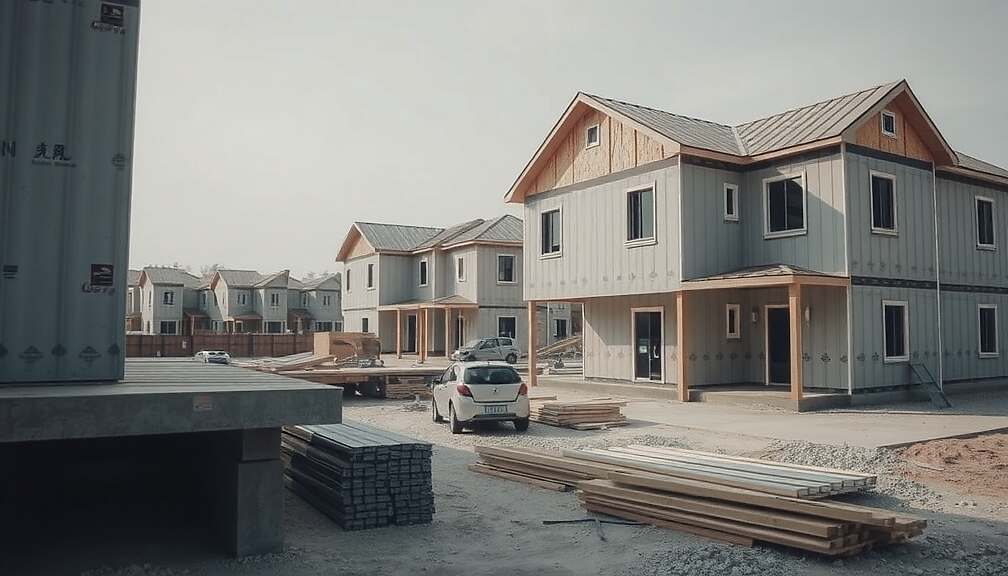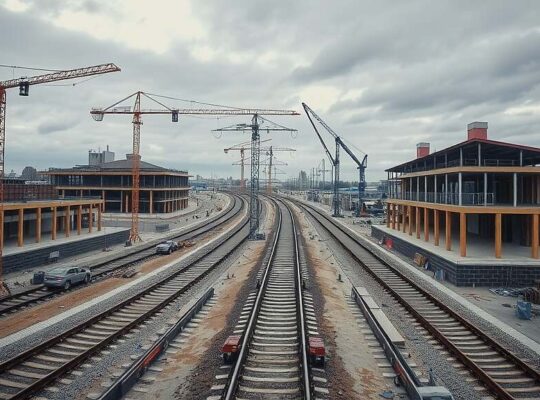Construction of prefabricated homes in Germany experienced a decline in 2024, reflecting the broader slowdown in the construction sector. According to data released by the Federal Statistical Office (Destatis), approximately 16,900 residential buildings were constructed using prefabricated methods last year, a decrease of 15.5% compared to 2023.
The decline was particularly pronounced in the segment of single-family prefabricated homes, which saw a 14.9% drop, representing the lowest number of completions in a decade. Construction of duplex prefabricated homes also fell significantly (-24.2%), while buildings with three or more apartments saw a more modest decrease of 4.9%.
The overall residential building sector also experienced a considerable downturn. Conventional building methods saw a 23.0% decrease, with 59,200 new residential buildings completed. While prefabricated construction represents a smaller portion of the total, accounting for over one in five (22.2%) completed residential buildings, its appeal as a potentially more cost-effective and streamlined alternative is being discussed against the backdrop of rising construction costs.
A notable exception to the trend was the construction of student residences, where a significant increase of 53.8% was observed.
Within the prefabricated segment, private households accounted for the vast majority of projects (90.9%), followed by businesses (7.9%) and public bodies (1.1%).
Construction prices for single-family prefabricated homes increased marginally by 0.5% in 2024 compared to the previous year. This contrasts with a 2.9% increase in construction prices for conventionally built residential buildings. Examining a ten-year perspective, the cost of building single-family prefabricated homes has risen by 62.2%, while the cost of conventional residential buildings has increased by a larger 67.5%.












